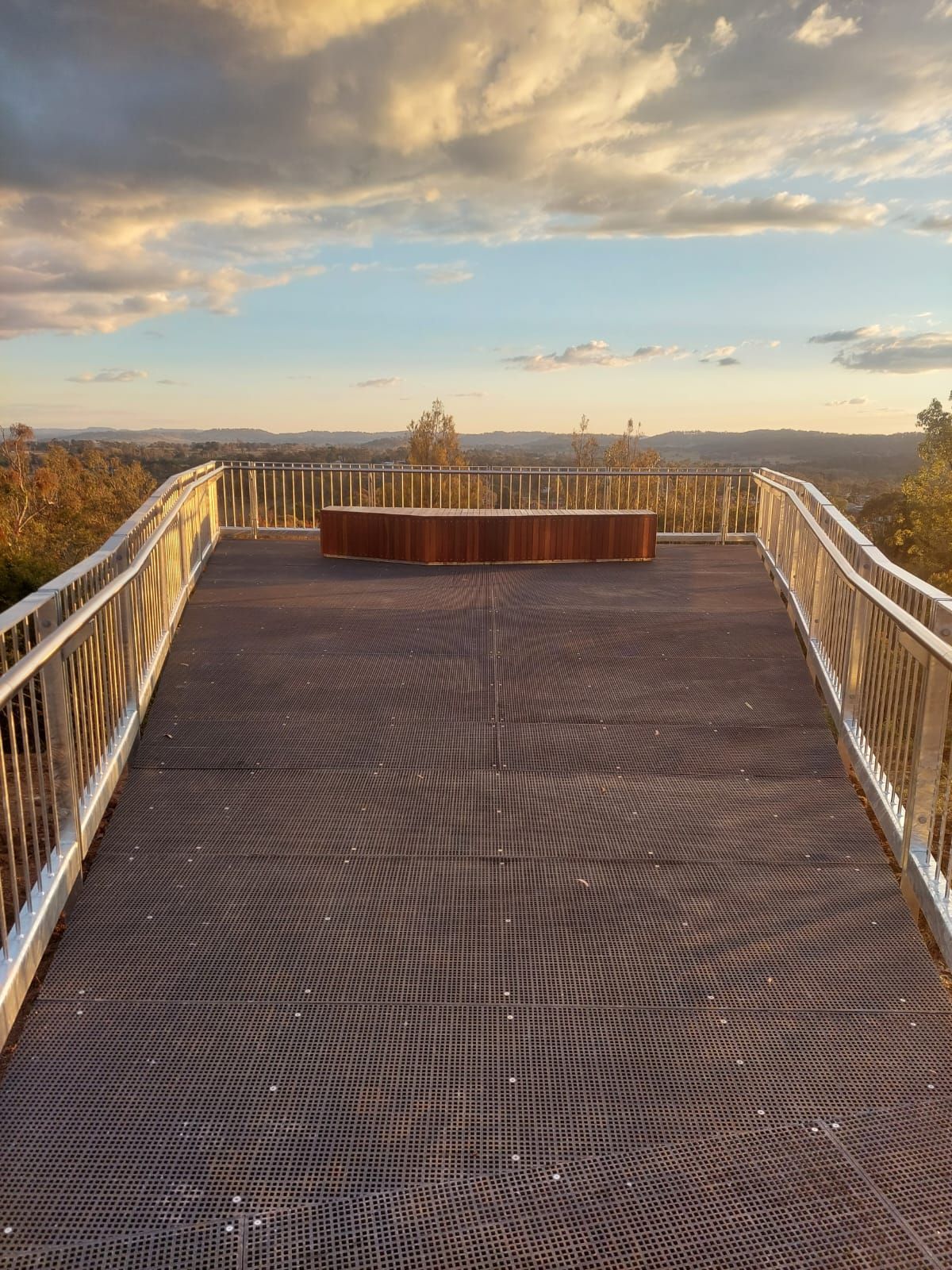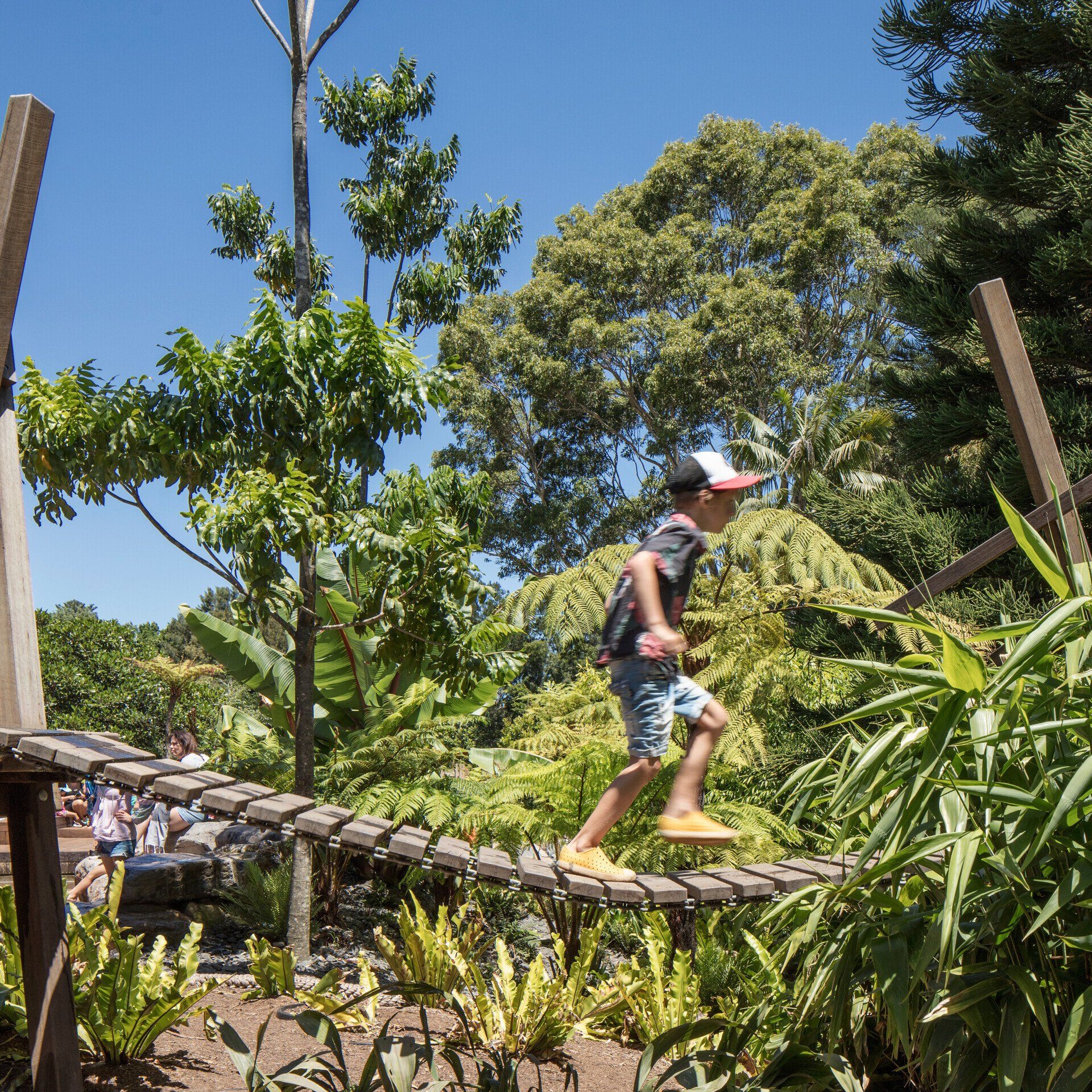INDUSTRY INSPIRATION: Claire Martin

Growing up in the UK, Claire Martin aspired to be a dolphin trainer. But a very different career path beckoned and, today, whether she’s advising governments, leading industry associations, inspiring the next generation of students or adding to her award-winning portfolio of urban projects, you’re unlikely to find a more respected or engaged member of Australia’s Landscape Architecture Industry. We were delighted to catch up with Claire, Associate Director at OCULUS in Melbourne, late last month to discuss her career, her motivations and her thoughts on the future of landscape architecture.
“The changes we must face as a profession are in meeting the needs of the communities we're part of. That means minimising our own carbon footprint, helping to increase biodiversity, to bring people together, to reinforce a sense of place and identity and to ensure we allow for meaningful engagement, collaboration and more deliberative processes.”
FWD>THINKING: Thanks so much for your time, Claire. Let’s start at the beginning. Did you always want to be a landscape architect?
CLAIRE MARTIN: Growing up in the UK, I actually wanted to be an archaeologist or a dolphin trainer. I can confidently say I didn’t want to be a landscape architect! When I first came to Australia in the late 1990s, I lived in Sydney and had the opportunity to work at the Olympic Coordination Authority for the 2000 Olympic Games. I was working with the team that focused on the delivery of the Olympic legacy, in particular public realm, and infrastructure. That gave me invaluable insights in terms of how political space is and how political cities are. I found that interesting, anything from the public art program to whether or not to host the beach volleyball on Bondi Beach. I then moved to Melbourne where I had a roof garden – that got me back into gardening, something that was really important to me. Not long after, I visited a friend of a friend’s architecture studio in Alice Springs and was quite interested in what they were doing. I then took a short course at Burnley run by Andrew Laidlaw, followed by another short course at RMIT University where I was encouraged to do, what was then, a four-year degree. So I wouldn’t say it was linear journey (into landscape architecture), but there was definitely a trajectory.
FWD: So you ended up studying at RMIT?
CM: I originally studied English Literature and Fine Art in the UK and then Landscape Architecture at RMIT University in Melbourne. The first time around as a university student was a lot more fun, but I was definitely a lot less studious. I was 31 when I studied landscape architecture, so I definitely came to it later in life and I think that meant I was one of those ‘goody goody’ mature age students. I was pretty committed and also working three days a week. I certainly have fond memories of my time at university, I really enjoyed the cohort and the subjects I was exposed to and the heavy focus on a design studio environment. It was an ambitious program, definitely quite intense, and we did some very late nights.

FWD: When you were starting out, how hard was it to get that metaphorical ‘foot in the door’?
CM: I was fortunate to study at a time where the professional practice component of the course was able to include work experience in an office. Now this is harder for programs and practices to support. As part of the program, I had to complete two weeks of work experience, which I did at OCULUS which is where I am still today. That, for me, was invaluable. It allowed me to work those two weeks and then throughout the last year of my degree. I was very lucky to have that opportunity.
FWD: During your career, what are some of the biggest changes you’ve noticed in the industry?
CM: There is a tension between some of the biggest changes I’ve witnessed. Sadly, it seems only relatively recently have we seen a growing acknowledgement and recognition of the importance of Connecting with Country. As a non-indigenous landscape architect, born overseas, I feel exceptionally fortunate to live in a country that has the longest continuing culture in the world. I think it’s our professional responsibility to acknowledge and celebrate this through co-design processes. Not just to create culturally safe spaces, but spaces that celebrate a rich and diverse culture. The other change I’ve observed is the speeding up of projects and processes. So, at the same time we are finally recognising the importance of meaningful engagement we’re also seeing a truncating of programs, and accelerated design through design and construction procurement methods. That’s a process that doesn’t necessarily lend itself to meaningful engagement or good design outcomes. For me, these are the two things that represent the biggest opportunities, the biggest challenges and the biggest risks (for the Industry).
FWD: What changes would you like to see?
CM: Because we live in a highly urbanised country, the incorporation and integration of landscape architecture at all scales, and across all sectors, is a big change we need to see. As a profession we need to maintain and increase our horticultural knowledge, and design not just for people. Clearly, the really big change we need to see in our cities and regions is addressing the challenges of climate mitigation and climate adaptation. Our cities are heating up, biodiversity is diminishing, equitable access to high quality public spaces is under threat and the impact of preventable diseases continues to grow. The changes we must face as a profession are in meeting the needs of the communities we’re part of. That means minimising our own carbon footprint, helping to increase biodiversity, to bring people together, to reinforce a sense of place and identity and to ensure we allow for meaningful engagement, collaboration, and more deliberative processes. I also think we need to get better at evaluating the impact of our work and sharing what we learn.

FWD: As a professional working in such a competitive and fast-changing space, how have you managed to stay fresh over the years?
CM: I’m not sure I would ever describe myself as ‘fresh’, but in terms of finding ideas and inspiration I think it’s really important to look beyond the profession. I get inspiration from the natural environments I visit, from films and books, but mostly from the sites themselves. I’m interested not solely in formal outcomes, but the performance of landscapes, so for me inspiration isn’t necessarily just spatial or material.
FWD: Has burnout ever been an issue for you?
CM: I think our profession, like other design disciplines, has often been associated with long hours. By trying to broaden my practice, I’ve certainly at times found that really challenging, but I don’t think I’ve ever totally burnt out. There are lots of things I’m interested in doing, and there are lots of opportunities that I’m fortunate to have, so for now I’ll continue to pursue those. When I can no longer see those opportunities or have those responsibilities, I’ll take the foot off the pedal.
FWD: Who have been some of the most influential figures in your career?
CM: Many of the people I was taught by at University were very influential. In fact, a lot of the thinking they shared, and the ways they encouraged us to look at things, probably continues to inform my practice. The work of Juhani Pallasmaa (acclaimed Finnish architect), who I was lucky enough to meet and interview, has also been very influential. But mainly I think a lot of the people I have and continue to work with over many years at OCULUS are influential on a day-to-day basis. They’re the people I collaborate with and I continue to be inspired by their skills and knowledge.
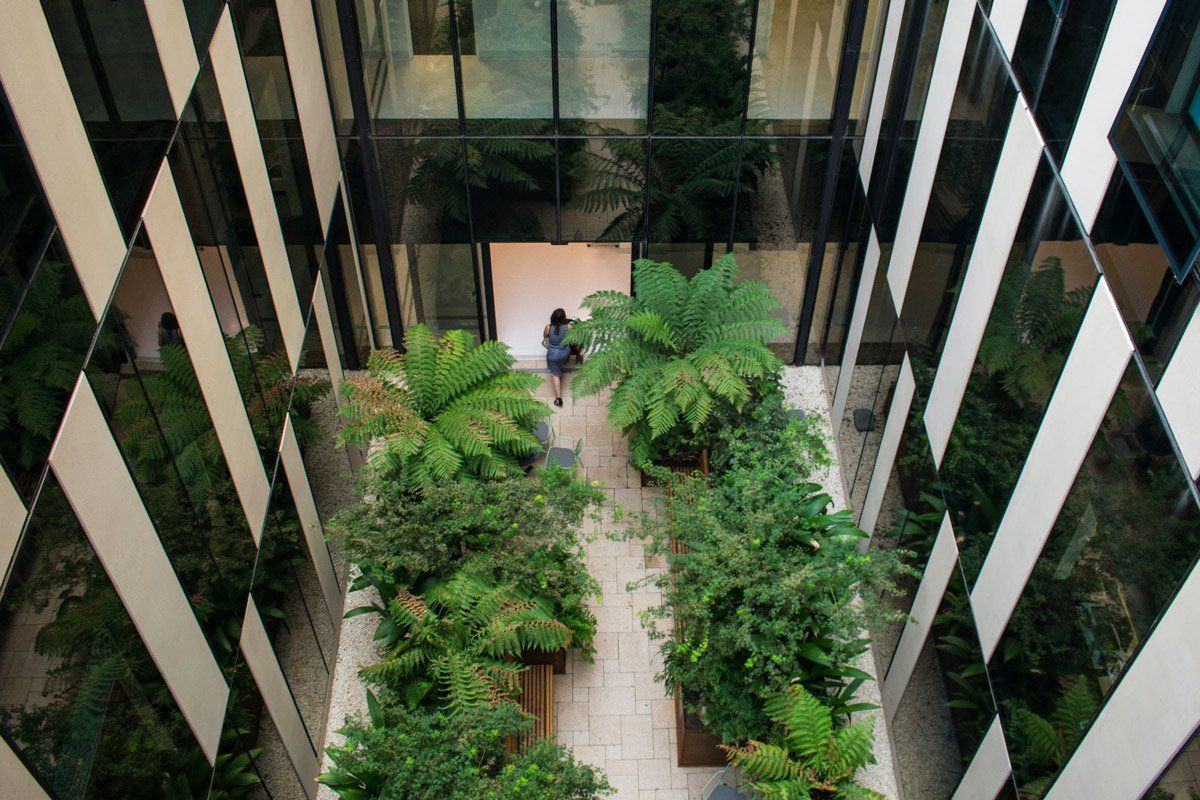
FWD: In addition to your own career as a landscape architect, you’ve also been a major contributor at a much wider level through various roles with AILA, the University of Melbourne, RMIT, consulting to the Victorian Government and writing for several industry titles including Landscape Architecture Australia and Architecture Now. What motivates you to be so heavily engaged?
CM: Maybe I’m greedy, I don’t know? I remember at RMIT research opportunities were framed as being through, for and about design; and that idea continues to resonate with me. I remain interested in writing and the potential of landscape communication. I’m also very passionate about education. I’ve certainly benefited from my education over the years and I acknowledge its value in informing future practice. I’m a strong supporter of university programs because that’s where our future leaders emerge from and continue to shape the profession. I certainly think we can all do more to reinforce a stronger relationship between the education sector and various forms of practice. That’s why AILA will be introducing an Education Pillar this year, as part of our strategic plan renewal to acknowledge the role and importance of education to landscape architecture in Australia, from a student, graduate, academic and research perspective. In terms of what motivates me? I think we all need multiple modes. People receive information differently, and we need to engage at multiple levels and scales. I’ve stayed at the same company for a long time and been enabled and supported to have an expanded practice – very much a practice within a practice. That’s something I really appreciate.
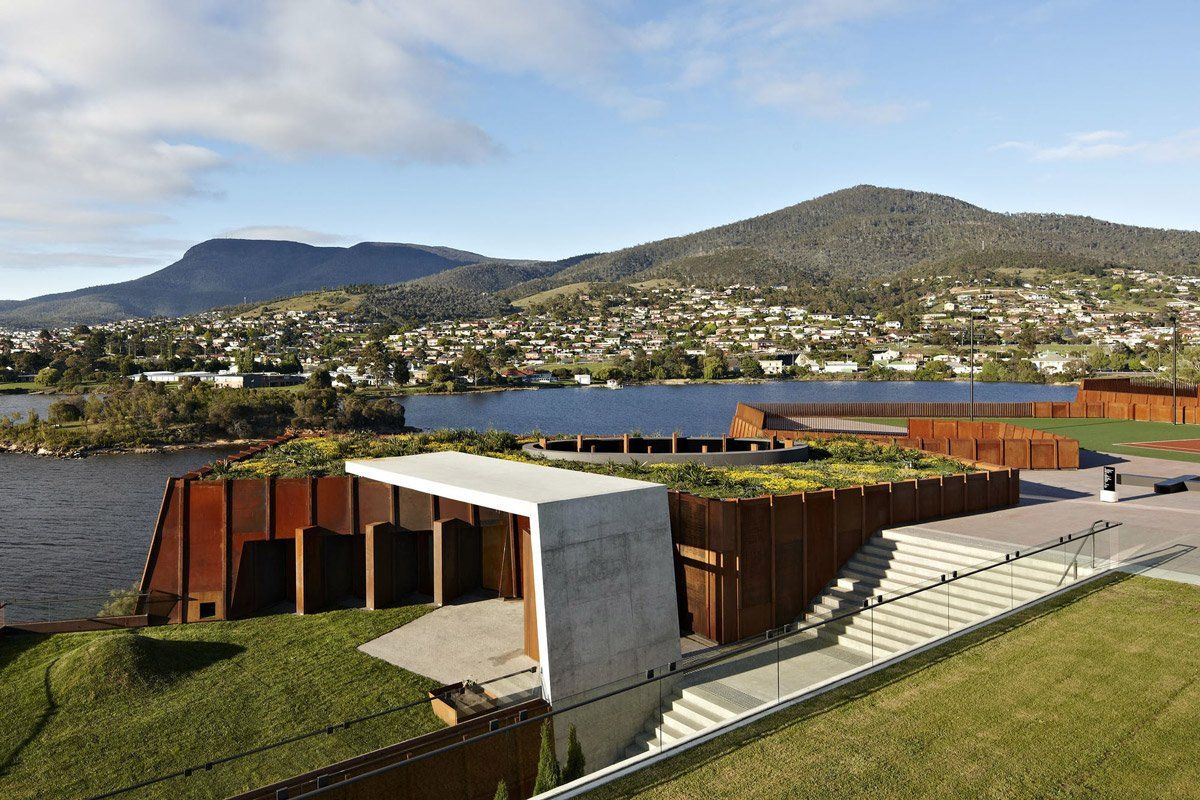
FWD: It’s been nearly a decade since you received the 2011 Australian Institute of Landscape Architecture’s Jim Sinatra National Future Leaders Award. Can you tell us a little about how it came about and what it’s meant your career?
CM: I was certainly honoured to receive the Future Leaders Award; it’s actually a program AILA will shortly re-launch nationally. It was an acknowledgment at that time of the type of practice I was evolving at OCULUS, and through other collaborations, teaching and publications. I appreciated the fact that it was in honour of Jim Sinatra, who pioneered the landscape architecture program at RMIT University and who has been very influential in informing landscape architecture Australia. The award itself enabled me to undertake a self-directed study tour to visit memorial sites across Europe and many of those projects have stayed with me. More recently, as part of my pitch for being the National President at AILA, I referenced the Future Leaders Award and that I wanted to pay back that early recognition and investment. Volunteering time to AILA is part of paying that back and, I hope, paying it forward.
FWD: When you look at the work you’re doing at OCULUS, but also the work being done by other studios around Australia and the world, how do you feel about the state of the industry right now?
CM: I’m always happy to be reflective and critical. I think people at OCULUS are doing some good work, and across the country whether at universities, in government or in private practice there are some great projects and research initiatives. But I always feel we can, and must, do better. Not bigger, just smarter. I think we have a responsibility to make a positive impact on our environment whether in terms of climate adaptation and mitigation, or recognition and celebration of Indigenous culture. There’s still a long way to go and more we can do to engage with the communities we’re part of. It’s also important for us to not see a project as complete once it’s handed over. I’m happy to help raise the profile of landscape architecture and the great work people are doing, but I also think Australians are facing significant risks to their lives and livelihoods, so we need to step it up in terms of the positive potential of our work.
FWD: If you could go back in time to when you were just starting out, what one piece of extra advice would you give to a young Claire Martin?
CM: There’s a period of transition when you leave University and enter practice, depending on the type of practice you pursue, so I’d reinforce the importance of sticking at it. I’m certainly glad I did. I would also encourage the younger Claire Martin to know when to say ‘no’.
FWD: Just finally, if you had to sum up what makes great landscape architecture in three words?
CM: Public. Site-specific. Ecological.
oculus.info
*all photos in this article are from OCULUS
More from Fleetwood Files.
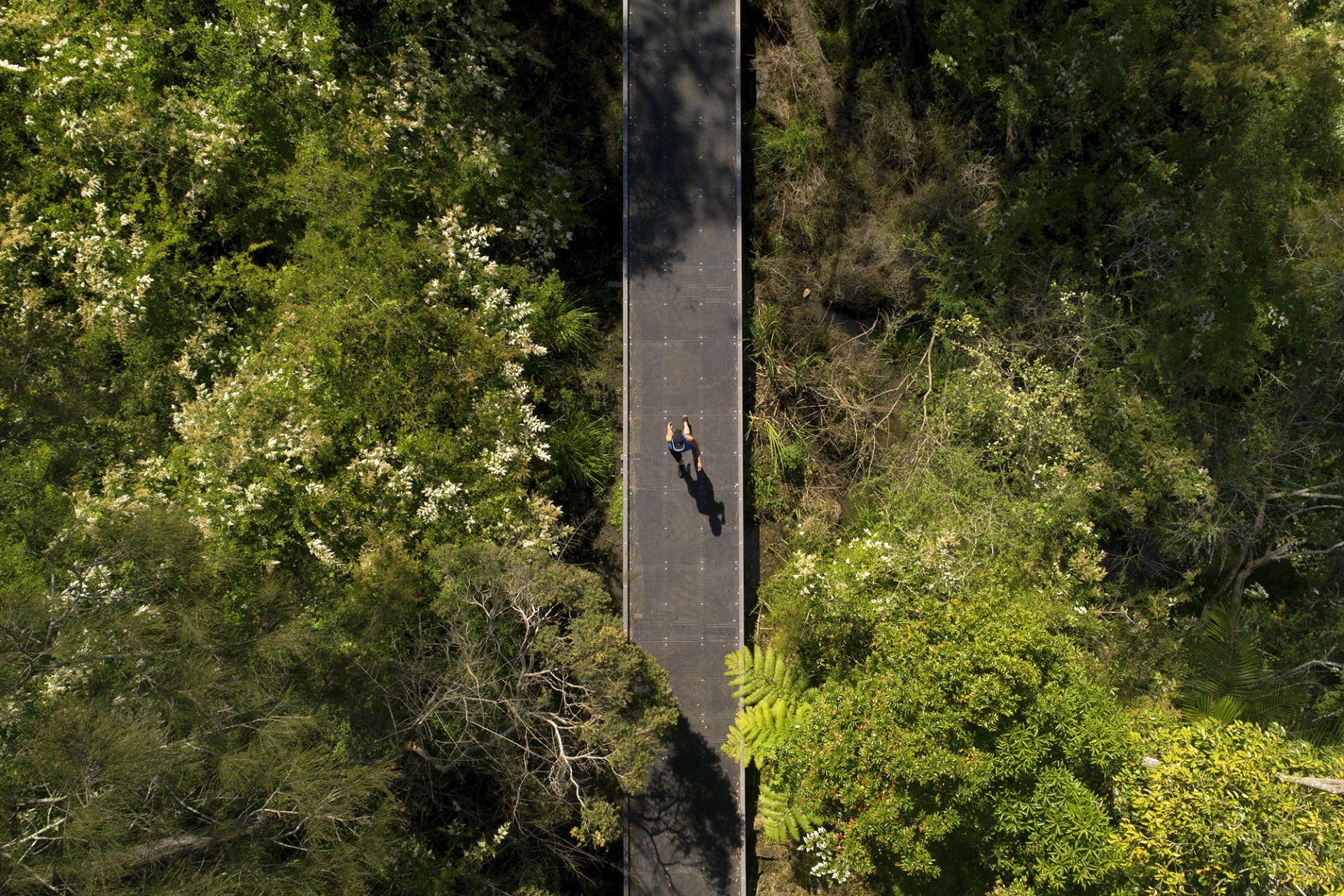
Explore
Certifications
Environmental Management : ISO14001
Quality Management : ISO 9001
OHS Management : ISO 45001
All Rights Reserved | Fleetwood Urban | Privacy Policy


